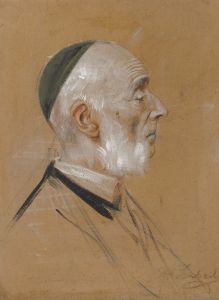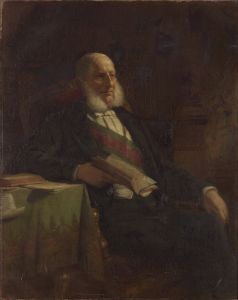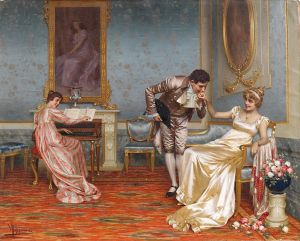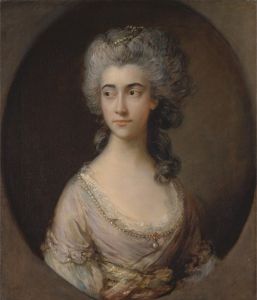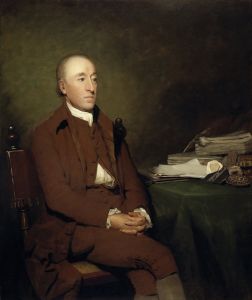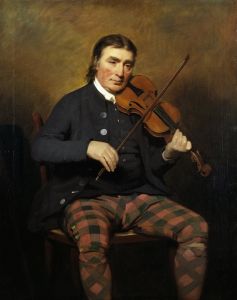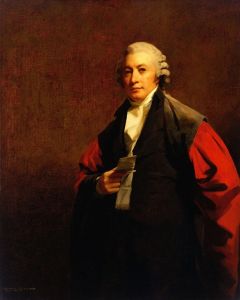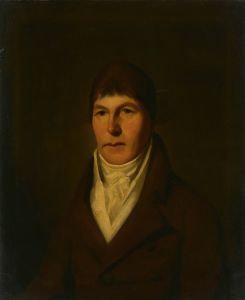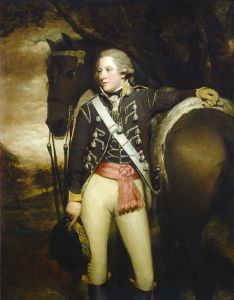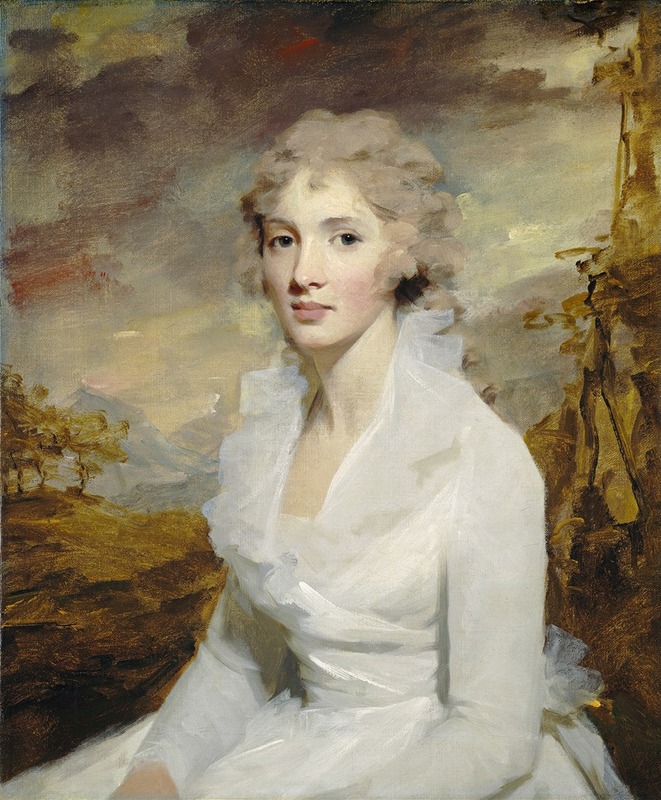
Miss Eleanor Urquhart
A hand-painted replica of Sir Henry Raeburn’s masterpiece Miss Eleanor Urquhart, meticulously crafted by professional artists to capture the true essence of the original. Each piece is created with museum-quality canvas and rare mineral pigments, carefully painted by experienced artists with delicate brushstrokes and rich, layered colors to perfectly recreate the texture of the original artwork. Unlike machine-printed reproductions, this hand-painted version brings the painting to life, infused with the artist’s emotions and skill in every stroke. Whether for personal collection or home decoration, it instantly elevates the artistic atmosphere of any space.
Sir Henry Raeburn was a prominent Scottish portrait painter, renowned for his depictions of notable figures in the late 18th and early 19th centuries. Among his many works is the portrait titled "Miss Eleanor Urquhart." Raeburn's portraits are celebrated for their vivid realism and the ability to capture the character and presence of the sitter, and "Miss Eleanor Urquhart" is no exception.
Henry Raeburn was born in 1756 in Edinburgh, Scotland, and he became one of the leading portraitists of his time. He was known for his distinct style, which often featured a strong sense of realism combined with a subtle use of light and shadow. Raeburn's work was characterized by his ability to convey the personality and status of his subjects, making his portraits highly sought after by the Scottish elite.
"Miss Eleanor Urquhart" is a fine example of Raeburn's skill in portraiture. The painting is believed to have been completed in the early 19th century, during a period when Raeburn was at the height of his career. The subject, Eleanor Urquhart, was likely a member of the Scottish gentry, as Raeburn often painted individuals from prominent families. However, specific details about Eleanor Urquhart's life and her connection to Raeburn are not extensively documented.
In the portrait, Raeburn employs his signature technique of using a soft, diffused light to highlight the features of the sitter. This approach not only enhances the three-dimensionality of the figure but also imbues the portrait with a sense of warmth and intimacy. The background is typically understated, ensuring that the focus remains on the subject. Raeburn's use of color is both subtle and effective, with a palette that complements the sitter's complexion and attire.
Raeburn's portraits are often noted for their psychological depth, and "Miss Eleanor Urquhart" is no exception. The sitter's expression is serene yet engaging, suggesting a sense of poise and confidence. This ability to capture the essence of his subjects is one of the reasons Raeburn's work remains highly regarded.
Throughout his career, Raeburn painted numerous portraits of influential figures, including Sir Walter Scott and other members of the Scottish Enlightenment. His work was instrumental in defining the visual culture of Scotland during this period. In 1822, Raeburn was knighted by King George IV, a testament to his significant contributions to the arts.
Today, Raeburn's paintings are held in high esteem and can be found in major art collections and museums around the world, including the National Galleries of Scotland. "Miss Eleanor Urquhart," like many of Raeburn's works, continues to be appreciated for its artistic merit and historical significance.
In summary, "Miss Eleanor Urquhart" by Sir Henry Raeburn exemplifies the artist's mastery in portraiture, showcasing his ability to blend realism with a nuanced portrayal of character. While specific details about the sitter may be limited, the painting remains a testament to Raeburn's enduring legacy in the world of art.





